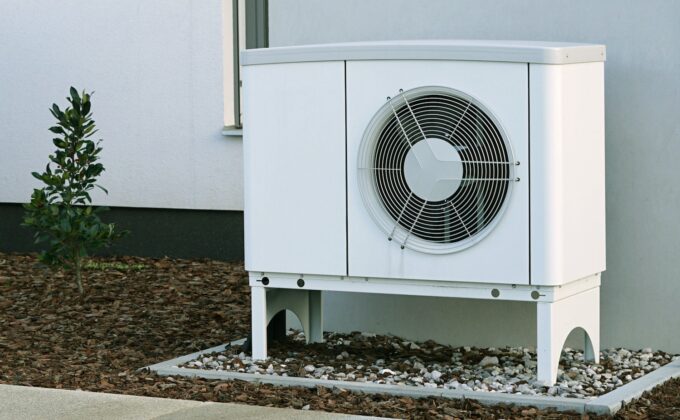
Blog
Incisive commentary from RAP experts
RAP experts keep their finger on the pulse of the energy sector and provide timely analysis of topics impacting stakeholders TODAY.
Filter >>
Content Filter:
February 9, 2023
让热泵“热”起来
- Pengfei Xie
热泵作为节能、高效的可再生能源利用技术设备,正逐渐为决策者和民众所认知。在“双碳”目标及能源危机的背景下,热泵的作用进一步凸显。但要激发其巨大的市场潜力,仍需更多配套政策支持。 2022年9月,睿博能源智库(RAP)专家与合作伙伴在《自然》杂志能源子刊发表“全球热泵市场升温”(“Heating up… View Summary +
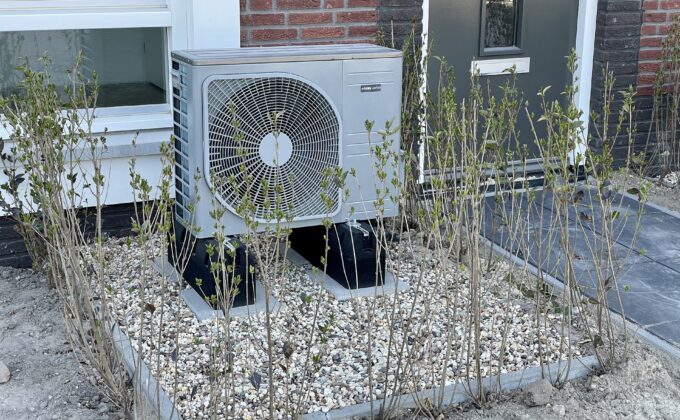
February 7, 2023
‘Hydrogen-ready’ boilers – a lifeline for fossil fuel heating in Europe
The heating industry is in turmoil. The need to decarbonise energy demand as well as the gas crisis caused by the war in Ukraine have led to governments around Europe setting phase-out dates for the installation of fossil fuel heating… View Summary +
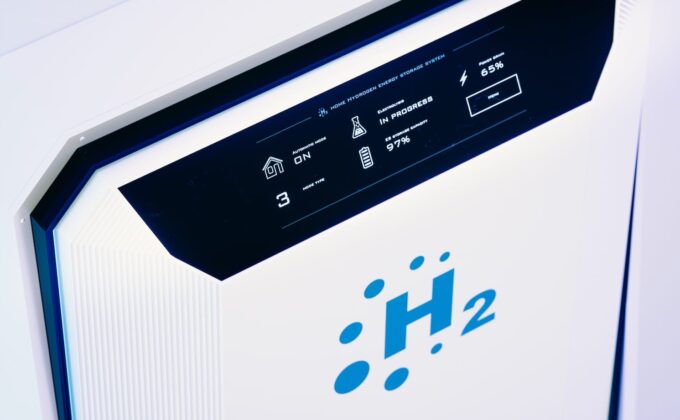
December 6, 2022
基于常规评估的分时电价动态调整思路
中国的可再生能源增长势头不减,为达成双碳目标打下了良好的基础。随着可再生能源在能源结构中占比越来越高,如何在保障供电稳定性和系统安全的前提下,调整当前电力系统,深化市场改革,实现可再生能源带来的环境及经济效益的最大化,成为了一个亟待解决的挑战。目前包括中国在内许多国家都在尝试解决这一问题,并在很多方面取得了一定进展。其中,分时电价在全中国范围内的推行是一个很重要的里程碑。本文总结分析了中国在此方面做出的努力及成果,并结合国际经验,为地方政府更好地落实国家政策提供了一些思路。 近年来,为了改善电力供需情况,促进可再生能源消纳,国家发改委及能源局出台了许多措施,而分时电价就是其中的几个主要措施之一。分时电价是指将一天分为多个时段,并且针对各时段制定不同的电价。具体来说,是将电价在电力系统紧张,亦即用电需求高、发电资源边际成本高昂时定价在高位;而在系统形势较宽松时定价在低位。通过价格信号引导用户调整用电时间,以达到削峰填谷的作用。有些地区也会考虑冬夏、枯丰水期对系统成本的影响,制定季节性的分时电价。分时电价还有许多立竿见影的环境和经济上的收益,例如带动负荷向低成本、低排放时段转移,以及减少调峰资源(如火电)的需要。在近期的文章中我们就此分享了更多细节。 国家发改委在2021年颁布的《… View Summary +
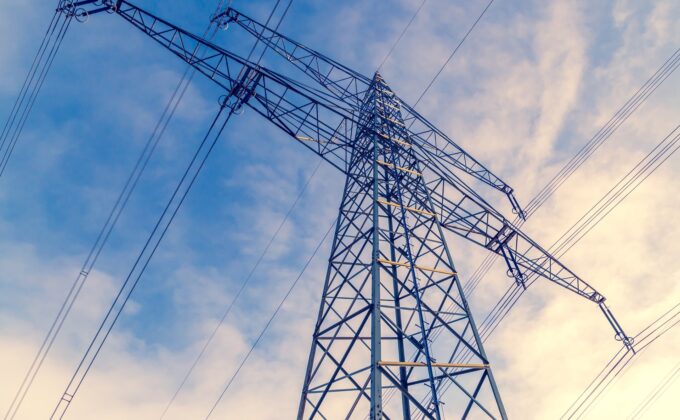
November 29, 2022
Hybrid Heat: the Cool Path to Home Heating
The opportunity: If the over 50 million US homes that have central air conditioning and a separate heating system just replaced their AC with a look-alike and more efficient “two-way” heat pump unit, those households could not only cool over… View Summary +
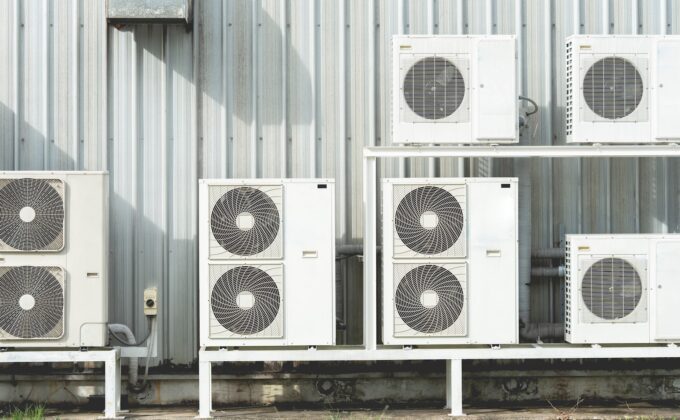
October 27, 2022
Making the last mile electric
- Julia Hildermeier ,
- Hussein Basma
E-commerce has grown significantly during the COVID crisis, recording a 15% increase in activity and delivery traffic in urban areas between 2019 and 2021. Replacing diesel delivery trucks with battery-electric trucks can help cut harmful emissions and local… View Summary +
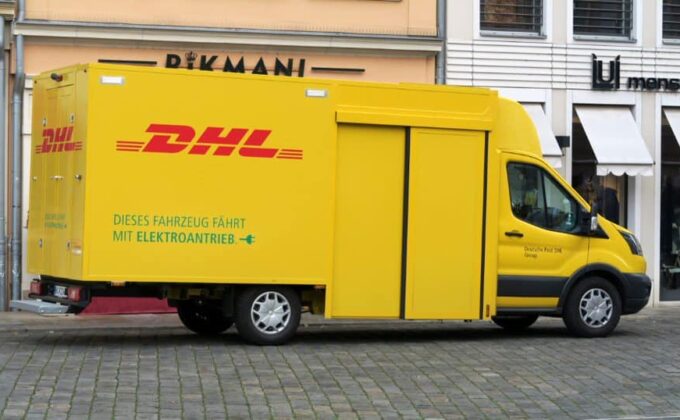
October 20, 2022
A Win for Building Electrification: EPA Elevates Heat Pumps over One-Way ACs
- David Farnsworth ,
- Max Dupuy ,
- Matt Malinowski
Millions of U.S. homes have central air conditioning for the summer and separate fossil fuel heating systems for the winter. A great way to boost home heating electrification is to replace those central air conditioners with look-alike “two-way” heat pump… View Summary +
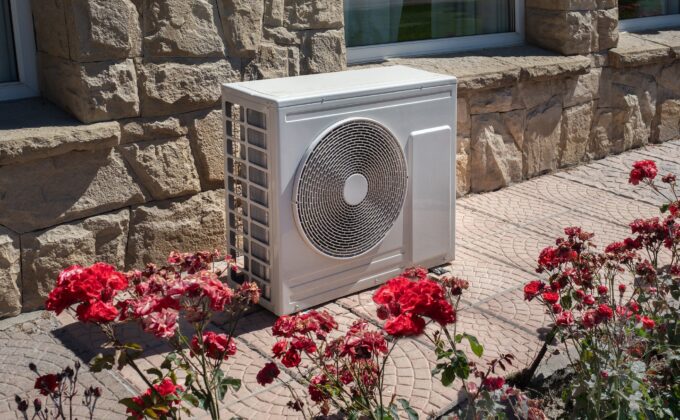
October 11, 2022
How the European Union incentivises inefficient renewable heating
The EU’s renewables directives count what fuel is burned for heating, as opposed to the amount of heat produced. Never has the spotlight shone so brightly on Europe’s heating and cooling sector. And for a good reason. Fossil gas… View Summary +
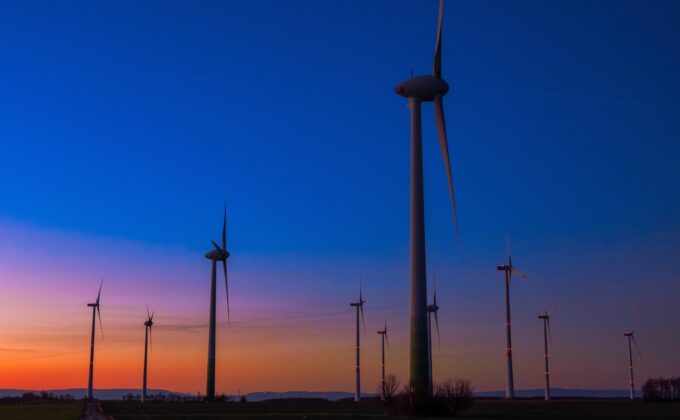
August 26, 2022
EV smart charging: A golden opportunity for distribution system operators
Electric vehicles (EVs) offer a cleaner, more energy efficient means of transportation than vehicles with internal combustion engines. Less well known is that they also provide a still largely unused resource to improve grid operation. Although the additional electricity demand… View Summary +
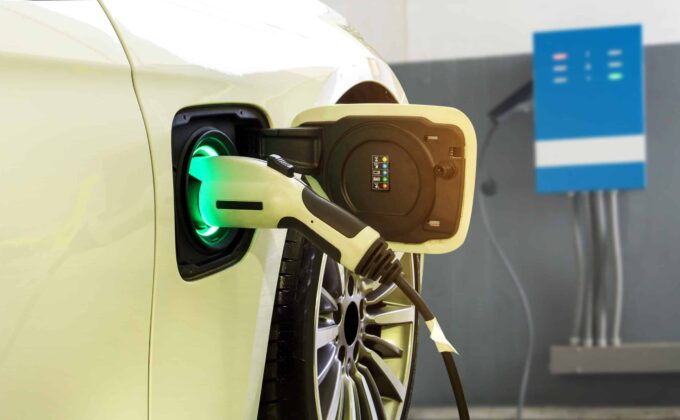
August 10, 2022
An Escape from the “Jaws of Delusion”: Planning for the End of Cheap Gas
In 2013, Marty Kushler, senior fellow at the American Council for an Energy-Efficient Economy (ACEEE), gave a presentation in Chicago on gas efficiency programs. He argued that one should not make decisions about programs with lengthy multi-year effects based on… View Summary +
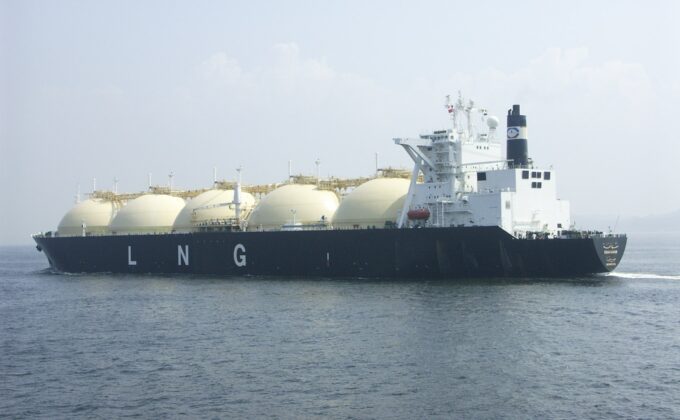
July 20, 2022
‘Game on’ for Germany’s heat pump transformation
Time is of the essence if Germany hopes to meet its ambitious net-zero emissions target by 2045. To achieve this goal, the country will have to rapidly transform how it heats its buildings while ridding itself of Russian gas. Alongside… View Summary +
